Ahoy there, landlubbers! Are you ready to set sail on a journey through the fascinating world of nautical greetings?
Whether you’re a seasoned sailor or just a curious land-dweller, learning these 20 nautical greetings will not only impress your seafaring friends but also add a touch of adventure to your daily conversations.
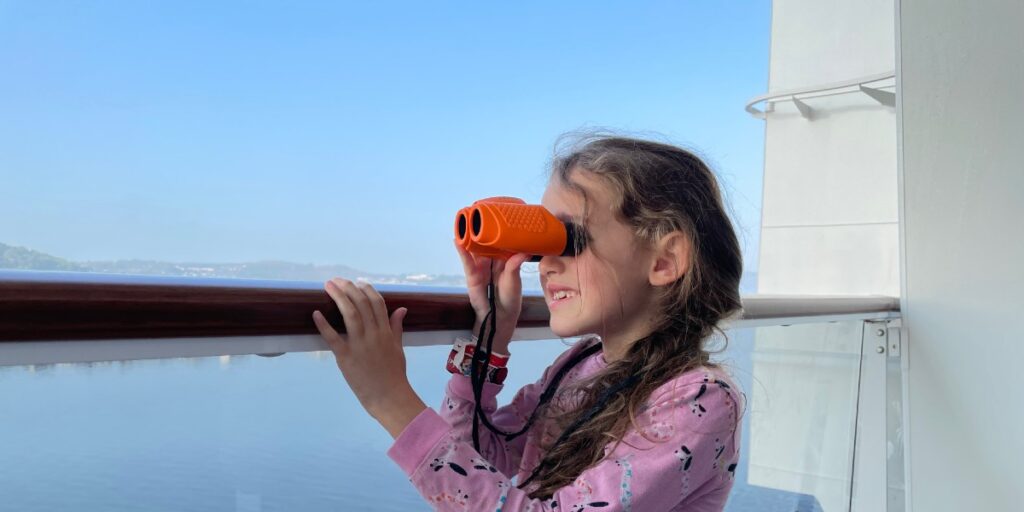
From the classic “Ahoy” to the playful “Yo ho ho and a bottle of rum,” these greetings have a rich history and culture that spans centuries.
Who knows, you may even find yourself using them on your next cruise! So, hoist the colours, grab a bottle of rum, and let’s dive into the world of nautical greetings!
1. Ahoy
Meaning “hello” or “hey there” in nautical language, “Ahoy” is a classic and versatile nautical greeting that can be used to say hello or get someone’s attention on a ship.
This is probably the most popular and well-known of all of the nautical greetings used on ships. If you want to sound more like a pirate, you could say “Ahoy, me hearties” or “Ahoy matey”.
“Hoy” began as a middle English greeting. It was derived from the Dutch word “hoi”, meaning “hi”.

2. Avast
This is a command that means “stop” or “hold on” in nautical language. You can use it to halt activity on board, get someone’s attention, or pause a conversation.
It’s popular with ship captains and officers, but anyone can use it to assert authority or give commands. It’s appropriate to say in most situations, but it’s important to use it in the right context to avoid confusion or misunderstanding.
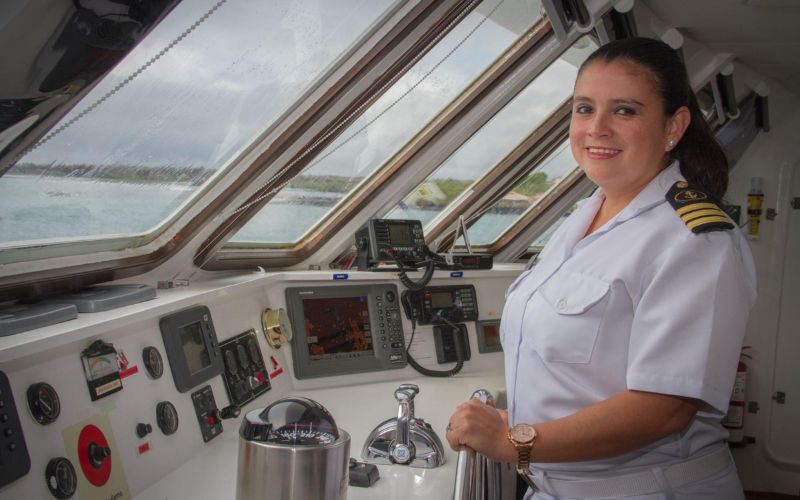
3. Aye aye
This is a response that means “yes” or “I understand” in nautical language. You can use it to acknowledge a command or order from a superior officer, show respect for authority, or simply add a touch of nautical flair to your conversations.
It’s popular with sailors and seafarers (and, of course, pirates) who value discipline and tradition, and it’s a great way to show your commitment to the ship and its crew. It’s generally considered appropriate to say in most situations.

4. Fair winds and following seas
This is a farewell or well-wishing phrase that means “may you have good luck and a smooth journey”.
You can use it to bid farewell to your fellow sailors, wish them luck on their cruise, or simply express your love for the sea. It’s popular with sailors and seafarers who value camaraderie and adventure, and it’s a great way to show your appreciation for your fellow crew members. It’s appropriate to say in most situations, although you may sound a little strange.
5. Full steam ahead
This is a command meaning “go forward at full speed” in nautical language. The phrase comes from the era of steam-powered ships, which used steam engines to power their propellers and move through the water.
When a ship’s engine was running at full power, it was said to be “at full steam,” meaning that it was producing the maximum amount of steam and energy possible. The phrase “full steam ahead” was used as a command to the engine room to maintain or increase the ship’s speed, and was often used in times of urgency or emergency.
Over time, the phrase “full steam ahead” came to be used more generally to refer to any kind of effort or activity that was being pursued with maximum energy and enthusiasm. You can use this term to show enthusiasm for a project or task. It’s popular with ship captains and officers, but anyone can use it to motivate themselves or their team.
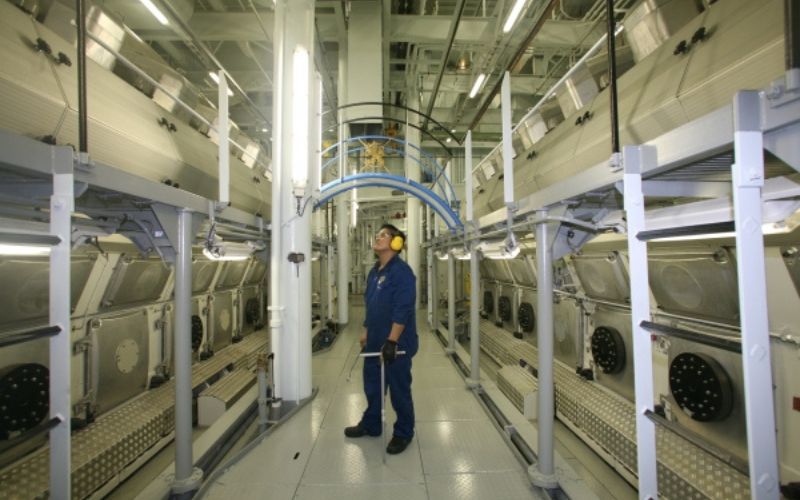
6. Godspeed
The word “Godspeed” means “may God give you success and protection”. It’s popular with sailors and seafarers who value spirituality and tradition and is often used when saying goodbye as a well-wishing phrase.
It comes from the Middle English phrase “God spede,” which was a common farewell greeting in the 15th and 16th centuries.
The word “speed” in this context means “success” or “prosperity,” and the addition of “God” to the phrase was a way of invoking divine assistance and protection. The phrase was often used by sailors and seafarers who were embarking on long and dangerous voyages, and was a way of expressing their hope for a safe and successful journey.
Over time, the phrase “Godspeed” came to be used more generally to express good wishes or blessings for someone who is embarking on a new venture or journey. It’s a symbol of hope, encouragement, and belief in a higher power that can guide and protect us during times of uncertainty and challenge.
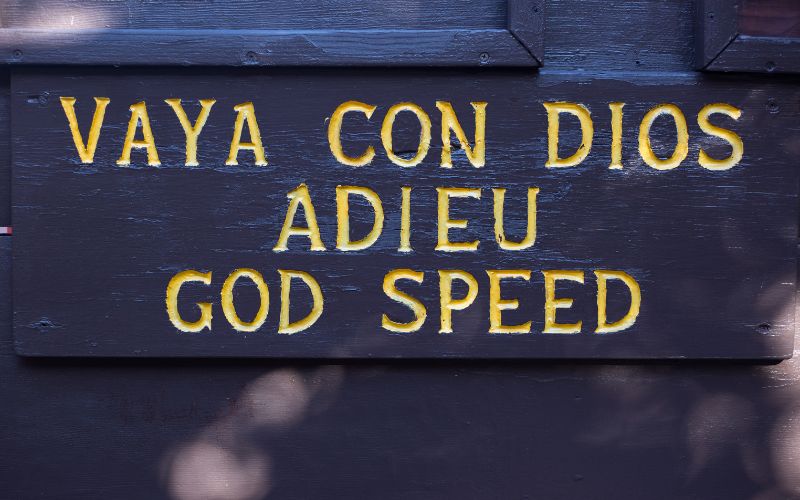
7. Hail
This is a general greeting that means “hello” or “greetings”. You can use it to greet your fellow sailors, announce your presence on board, or simply add a touch of nautical flair to your conversations, but it’s not that commonly used outside of formal situations.
8. Happy sailing
“Happy sailing” or even “happy cruising” is a nice phrase to say to someone when they’re planning a voyage or about to embark on a ship.
9. Heave ho
Meaning “put your weight into it” or “pull harder”, this is often used as a command to exert more effort. It comes from the noise that you might naturally make when lifting something heavy such as hoisting a sail.
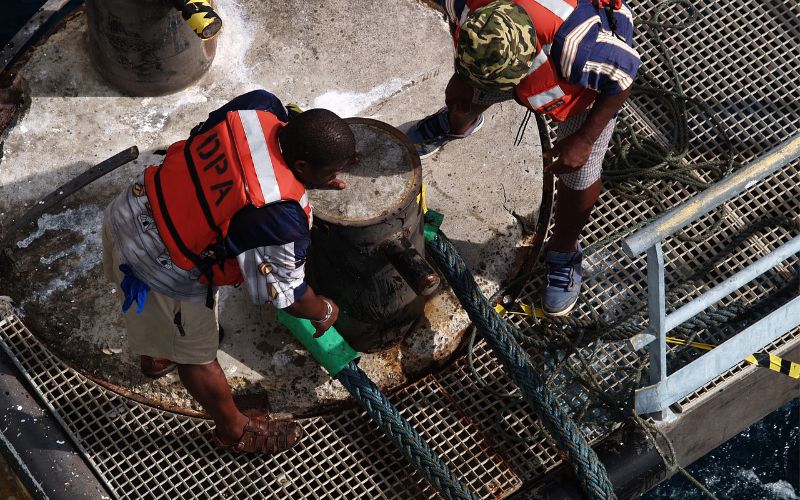
10. Hello, sailor
This is a playful greeting that’s often used to flirt or show interest in someone that you like. Of course, they don’t need to be a sailor for you to say this. It can be a good ice-breaker when meeting new people on a cruise.

11. Hoist the colours
“Hoist the colours” is a nautical command that means to raise the ship’s flag or colours. It comes from the practice of sailing ships flying flags to identify themselves and communicate with other ships at sea.
Each ship had its own unique flag, or “colours,” that were raised on a flagpole or masthead. The colours were used to signal the ship’s nationality, allegiance, or purpose, and were an important part of naval tradition.
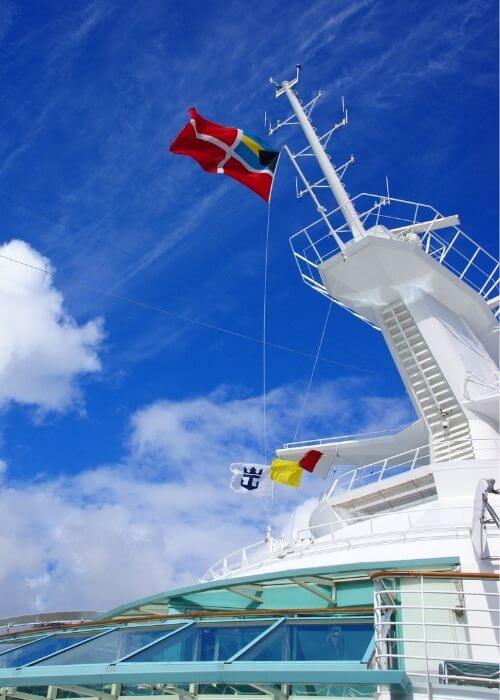
12. Land ho
This is an announcement that means “land is in sight”. It may be used as an announcement when land is spotted. Sometimes, people may say “land ahoy” instead.
Some historians believe that the phrase may have been used by Viking explorers during their voyages to the New World. The Vikings were known to use lookout towers, or “hólar,” to spot land from a distance, and may have used the phrase “hó” or “hólar” to alert their fellow sailors to the presence of land.
Another theory is that the phrase may have originated from the Dutch word “hoog,” meaning “high,” which was used to describe the appearance of land on the horizon. This theory suggests that the phrase “land ho” may have been a shortened form of “land hoog,” meaning “land high,” or “land in sight.”
Regardless of its origin, the phrase “land ho” has become a popular and iconic nautical expression, and is still used today by sailors and seafarers to announce the sighting of land.
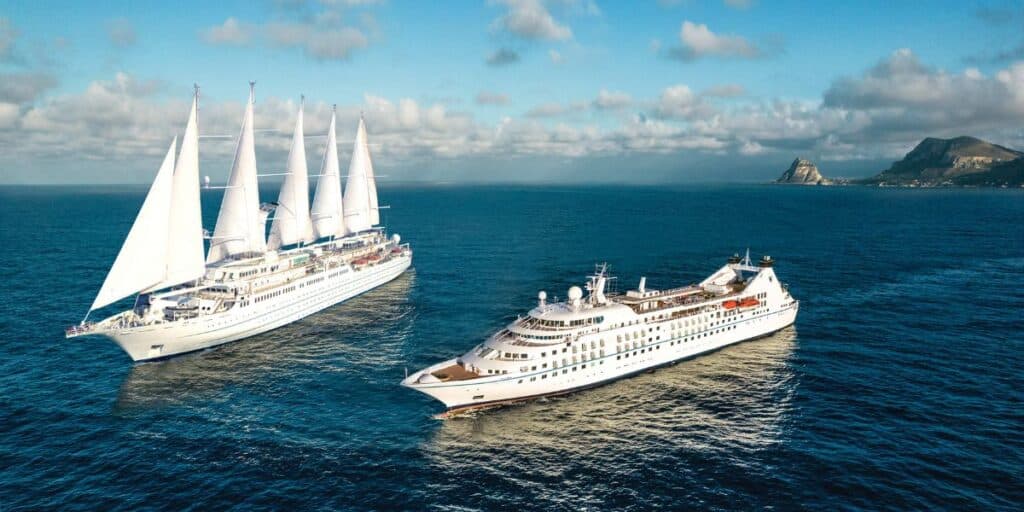
13. Ship ahoy
This is an announcement that means “a ship is in sight”. You can use it to alert your fellow cruisers to the presence of another ship. It’s always fun to try to be the first to identify any other ships that you see at sea alongside yours or in the distance.

14. Smooth sailing
This a farewell or well-wishing phrase that means, “May you have an easy and trouble-free journey”. It refers to the desire for the sea to be smooth, as nobody likes a rough sea with high waves!
You can use it to bid farewell to your fellow sailors, wish them luck on their journey, or simply express your hope for their safety and well-being.

15. Splice the mainbrace
“Splice the mainbrace” is a nautical command that means to issue an extra ration of alcoholic beverages to the crew!
In the past, sailors were often given a daily ration of rum or other spirits as part of their pay, which was known as a “tot.” However, on special occasions such as holidays, victories, or other notable events, the captain might order an extra ration of spirits for the crew as a reward or celebration.
The phrase “splice the mainbrace” specifically refers to the practice of splicing, or repairing, the mainbrace, which is the largest and most important rope on a ship. The mainbrace was used to control the ship’s sails and was essential for navigation and manoeuvring. Splicing the mainbrace was a difficult and time-consuming task that required skill and expertise, so it was often used as a way to reward the crew for their hard work and dedication.
Today, the phrase “splice the mainbrace” is still used in the British Royal Navy and other navies as a ceremonial command to issue an extra ration of spirits to the crew. It’s also used more generally to refer to any kind of celebration or reward for hard work and achievement.
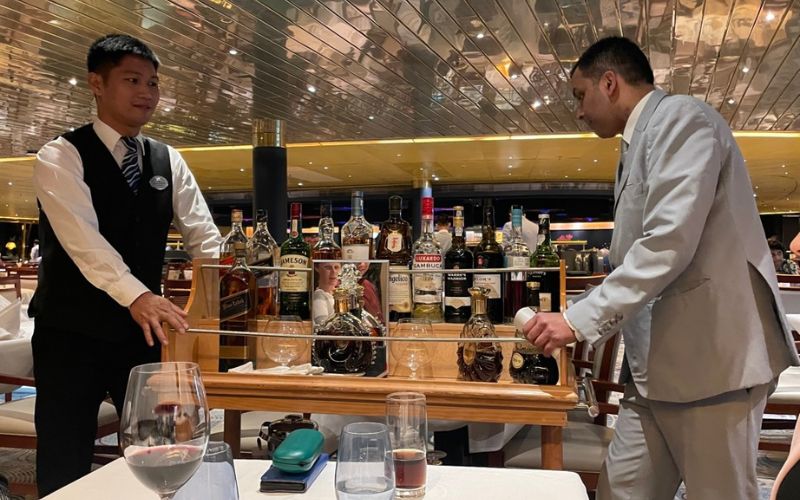
16. Three sheets to the wind
“Three sheets to the wind” is a nautical expression that means a person is very drunk or intoxicated. This is what you’ll be if you’re not careful with your drinks package!
The phrase comes from the practice of sailing ships, which used sheets, or ropes, to control the sails. If a sheet was not secured properly, it could cause the sail to flap uncontrollably in the wind, which was known as being “in the wind.”
If three sheets were in the wind, it meant that all three of the ship’s sheets were loose and flapping in the wind, causing the ship to drift aimlessly and uncontrollably. This was a dangerous situation for the ship and its crew, and was often used as a metaphor for a person who was out of control or directionless.
Over time, the phrase “three sheets to the wind” came to be associated with drunkenness. Today, the phrase is still used to describe someone who is very drunk, and has become a popular and well-known expression both inside and outside of the nautical world.

17. Yo ho ho and a bottle of rum
“Yo ho ho and a bottle of rum” is a well-known phrase from the song “Fifteen Men on a Dead Man’s Chest,” which was originally a sea shanty sung by sailors and seafarers. The phrase is often associated with pirates and the swashbuckling adventures of the high seas.
The phrase itself is a playful and rhythmic expression that combines the pirate’s call of “yo ho ho” with the idea of drinking a bottle of rum. It suggests a sense of revelry, adventure, and danger, and has become a popular symbol of the pirate lifestyle.
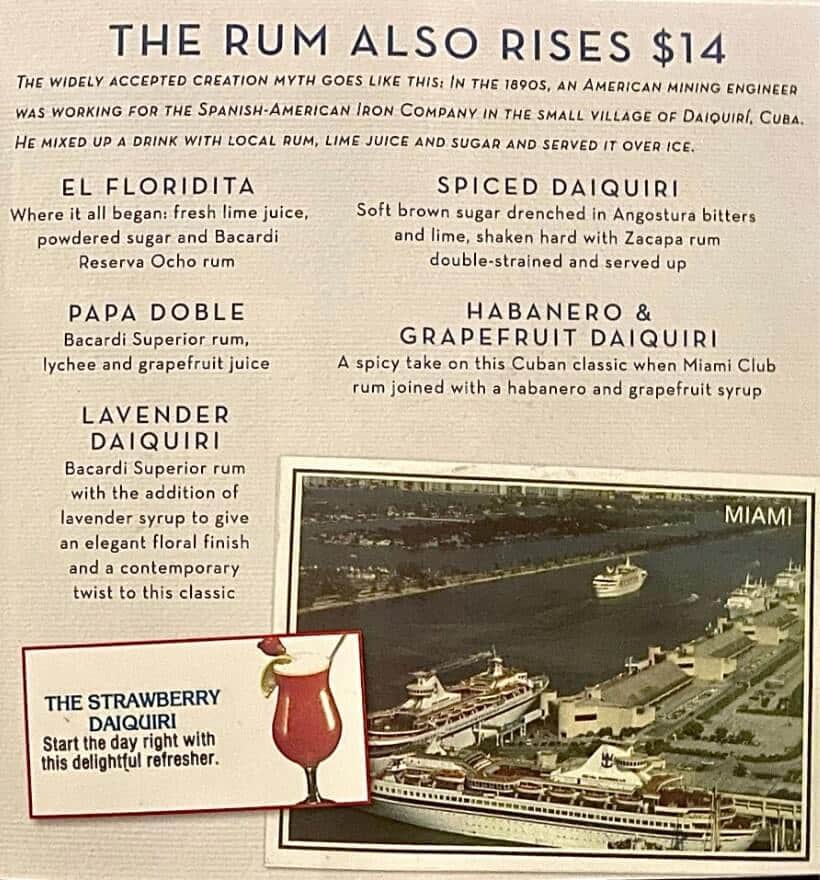
Related posts:
- 125 Ocean Names to Inspire You
- 7 Cruise Ship Deck Names (And Why They’re Called That)
- 41 Funny Cruise Ship Memes to Make You Smile
- 32 Best Cruise Puns
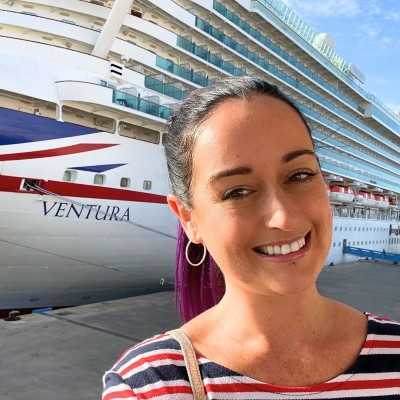
Jenni Fielding is the founder of Cruise Mummy. She has worked in the cruise industry since 2015 and has taken over 30 cruises. Now, she helps over 1 million people per month to plan their perfect cruise holidays.

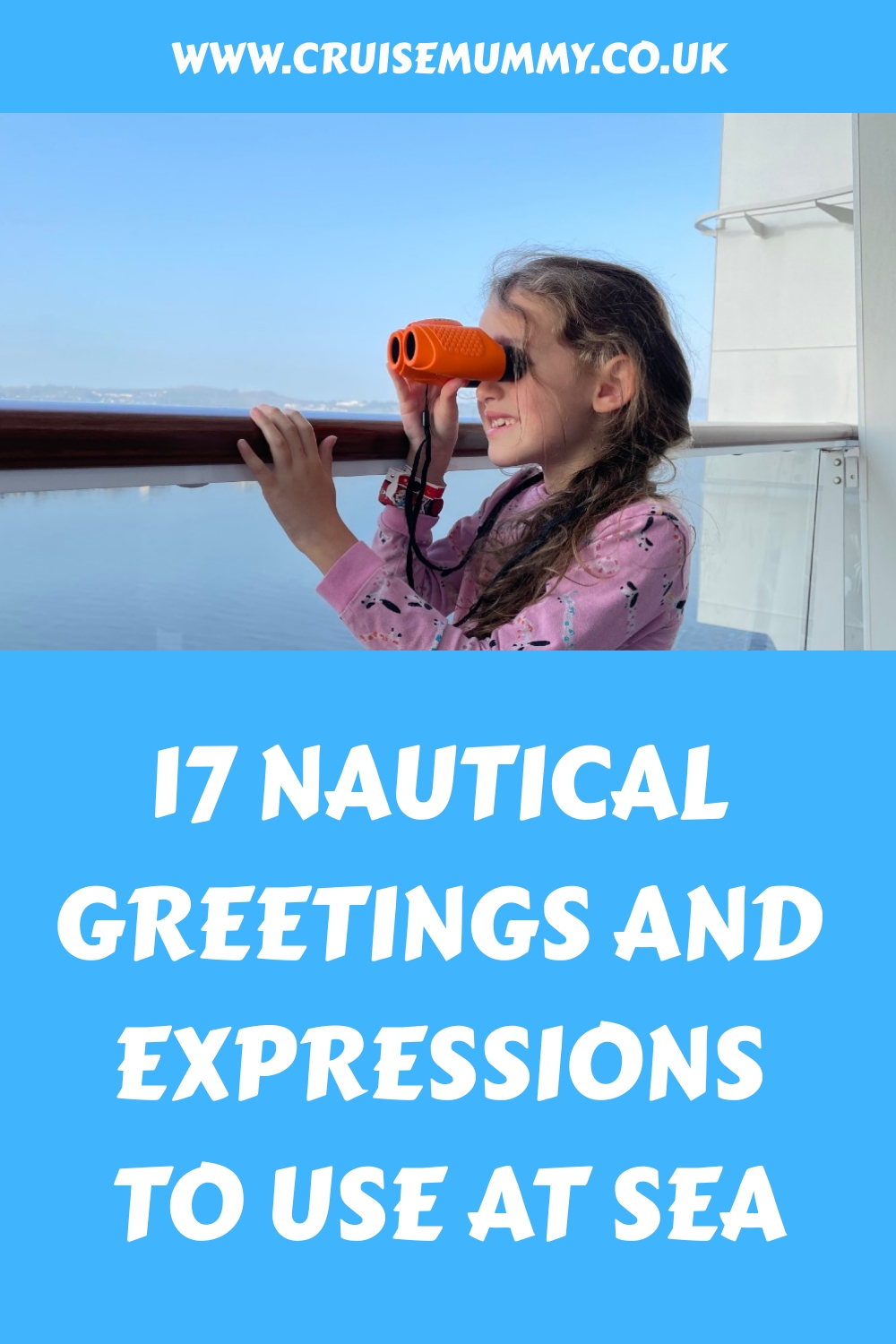

Number three is not accurate.
3. Aye aye
This is a response that means “yes” or “I understand”
Aye means, “I understand”
Aye aye means, “I understand and I will comply”.
Well done! Good writing and interesting information! Splice the mainbrace, I say!